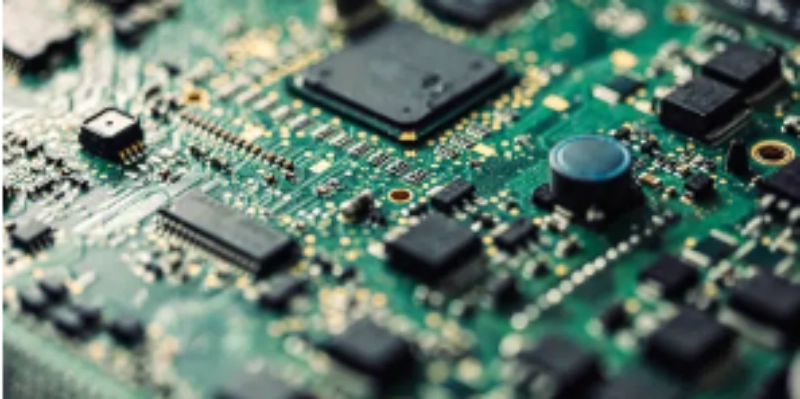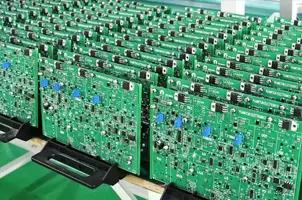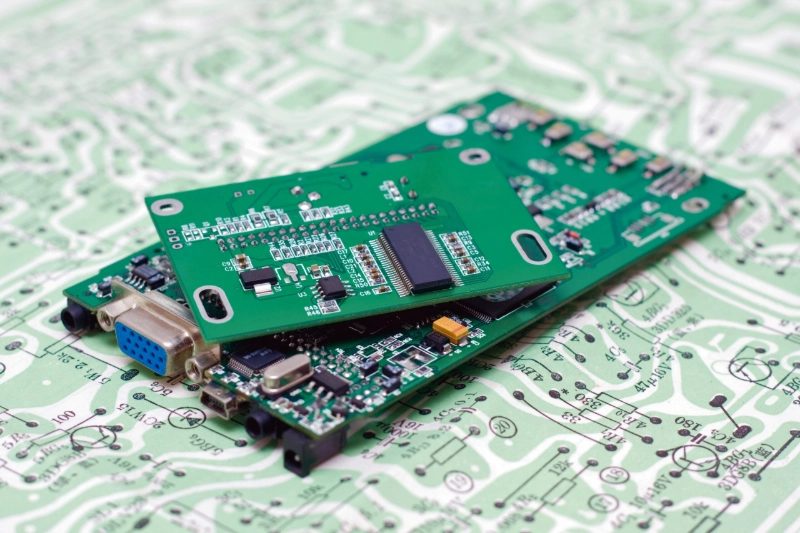Exploring Flexible PCB Technology: Strength, Reliability, and Endless Possibilities
Modern electronics demand designs that are thinner, lighter, and more adaptable than ever before. From wearable health sensors to advanced automotive systems, innovation often begins at the circuit level. Flexible PCBs have emerged as a cornerstone of next-generation electronics, providing engineers with the unique ability to bend, fold, twist, and integrate circuitry into spaces traditional rigid PCBs cannot reach.

Benlida Circuit has become a leader in this transformation, manufacturing flexible circuit solutions engineered to endure continuous stress and extreme environments. With the ability to withstand over 100,000 flex cycles, operate from -40°C to 150°C, and fit into irregular 3D spaces, Benlida’s flexible printed circuits support innovation across industries from healthcare and consumer electronics to aerospace and automotive engineering.
Understanding Flexible PCB Technology
A flexible printed circuit board (Flexible PCB or FPC) uses a polyimide, PET, or PTFE base material instead of rigid fiberglass. This provides mechanical flexibility without compromising electrical performance.
Key production capabilities include:
Layer options from 1 to 12 layers
Copper thickness 0.5oz – 1oz
Minimum trace/space 0.10mm / 0.10mm
Min. hole size 0.05mm – 0.1mm
Finished thickness as thin as 0.1mm
Surface finish options: ENIG, Immersion Silver, OSP
These specifications enable high-density circuits suitable for compact, precision-driven devices.
To explore complete product options and customization opportunities, visit the category page:
<a href="https://www.benpcb.com/pcb-category/flexible-pcb.html">Benlida Flexible PCB Solutions</a>
Built for Dynamic, Real-World Applications
Flexible PCBs excel where rigid boards simply cannot perform. They support designs in motion, environments under stress, and installations with irregular geometries.
1. Mechanical Flexibility and Durability
Benlida designs flexible PCBs that endure:
Repeated bending cycles
Vibration and shock
Dynamic motion in wearable devices and robotic assemblies
In folding phones and AR glasses, circuits must flex continuously without fracture. In medical implants, movement inside the body requires extremely reliable mechanical performance. Benlida’s flexible boards are engineered to function through demanding mechanical cycles while maintaining electrical stability.
2. 3D Spatial Design Freedom
A major advantage of flexible circuits is their ability to route through tight or unusual spaces. This supports:
Curved automotive dashboards
Miniature surgical tools
Drone and satellite avionics
Smart textiles and skin-mounted electronics
Instead of forcing the electronics to fit the board, engineers can now shape boards to fit the product.
3. Lightweight and Thin Construction
Thicknesses as low as 0.05–0.3mm give flexible boards a significant advantage in applications where size and mass matter. In aerospace and drone designs, reduced board weight translates to improved efficiency and payload capability. Smaller medical devices also benefit, allowing more compact implants and diagnostic tools.
Performance Under Extreme Conditions
Flexible PCBs are not only about freedom of movement—they deliver reliability in demanding environments.
Benlida solutions offer:
Operating range from -40°C to 150°C
Resistance to moisture, chemicals, and vibration
Reduced connectors and solder joints, lowering failure risk
In aviation electronics or pacemakers, reliability is essential. Eliminating wiring harnesses and rigid connectors reduces points of failure and ensures signal stability where it matters most.
High-Frequency and Signal-Critical Uses
In 5G systems, RF modules, and medical equipment, signal performance can determine system accuracy. Benlida’s flexible PCBs maintain:
Tight impedance control
Minimal EMI interference
Stable high-speed data transmission
HDI structures with micro traces (50µm) support advanced digital and RF architectures, delivering clarity and reliability even in mission-critical applications.
Industry Applications of Flexible PCBs
Flexible PCBs continue to shape emerging and mature industries alike.
Healthcare
Implantable medical devices
Bio-patches and diagnostic sensors
Wearable monitors
Consumer Electronics
Foldable smartphones and tablets
Smart wearables and glasses
Compact audio and portable devices
Automotive and EV
Curved dashboards and displays
Battery management systems
Sensor and safety modules
Aerospace and Defense
Lightweight avionics
Satellite power systems
Rugged communications hardware
Across all these sectors, flexible boards support miniaturization, mobility, and rugged reliability.
Manufacturing Precision and Material Selection
Quality flexible circuits require cleanroom processes, advanced copper bonding, and precise layer lamination. Benlida engineers utilize PI, PET, and PTFE substrates selected for thermal, mechanical, and electrical performance. Surface finishes like ENIG and silver immersion support corrosion resistance and solder reliability for long-term field use.
Rigorous testing includes:
Flex cycle fatigue benchmarks
Thermal shock and vibration qualification
Impedance and EMI verification
Microvia inspection and dimensional accuracy testing
These processes ensure every project meets demanding international reliability standards.
Why Engineers Choose Benlida Flexible PCBs
Benlida brings engineering support, manufacturing depth, and quality control to every order, supported by years of PCB expertise across flexible, rigid-flex, and high-density circuit solutions.
Core value points include:
Precision engineering and customization
Dedicated technical consultation
Controlled manufacturing and inspection processes
Ability to scale from prototypes to high-volume production
For innovators, the combination of materials expertise, precision manufacturing, and flexibility in design unlocks possibilities that rigid PCBs alone cannot achieve.
Final Thoughts
Flexible printed circuits are changing how engineers build electronics. They make possible the next generation of smaller, smarter, and more adaptable technology. From foldable consumer devices to life-sustaining medical instruments, flexible PCBs are more than a design choice—they are a foundation for modern engineering.
Benlida Circuit continues to advance flexible PCB manufacturing with systems tuned for reliability, electrical performance, and real-world durability. As applications grow more ambitious, materials science and PCB design will move in parallel, allowing products to shrink, strengthen, and perform where they never could before.

 en
en






